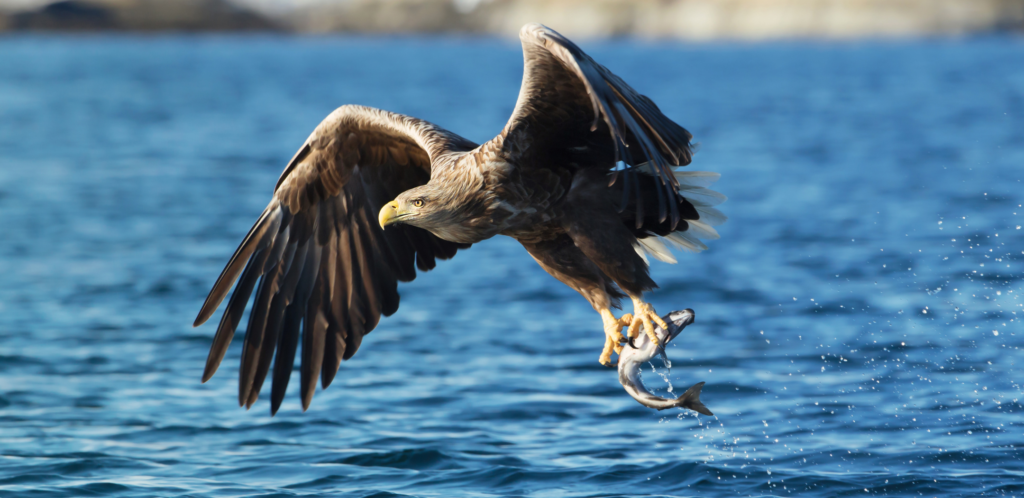Ketchikan Bird Watching & Wildlife Sightseeing Excursions
Step off your cruise ship and away from the crowds to experience one of Ketchikan’s top private wildlife tours! Our bird watching and sightseeing tour offers the unique chance to spot iconic Alaskan wildlife, including bald eagles, ravens, humpback whales, orcas, harbor seals, and Steller sea lions, all in their natural habitat.

Ketchikan Ultimate Wildlife Viewing, Whale Watching Expedition & Wilderness Dining
Experience the best of Ketchikan with our Ultimate Wildlife Viewing & Whale Watching Expedition, where you’ll explore fjords, secret coves, and vast marine feeding grounds teeming with wildlife. You’ll be on a quest to find humpback whales, orcas, bald eagles, and more while cruising through Southeast Alaska’s pristine wilderness. Anchor up for a true Alaskan picnic with smoked salmon or reindeer sausage, offering an authentic taste of the region.

Ketchikan Express Wildlife Viewing, Eagle Feeding & Whale Watching
Our Ketchikan Express Wildlife Viewing, Eagle Feeding & Whale Watching tour still gives you the full Ketchikan local experience. Cruise the calm waters and enjoy the unique opportunity to feed majestic bald eagles, offering incredible photo and video opportunities. Experience thrilling whale watching and wildlife encounters, all while taking in the stunning beauty of Southeast Alaska. Perfect for those short on time but wanting to experience the best of Ketchikan’s wildlife and scenery.
CRUISE SHIP RECOMMENDED
We service all cruise lines including: Royal Caribbean, Princess, Carnival Holland America, Celebrity, Norwegian, Disney & more!
Guaranteed on time pickup and dropoff
for all aboard times.

convenient location for cruise ship passengers

What Ketchikan bird species can you expect to see on
your tour
Ketchikan Land Birds: Eagles & Ravens
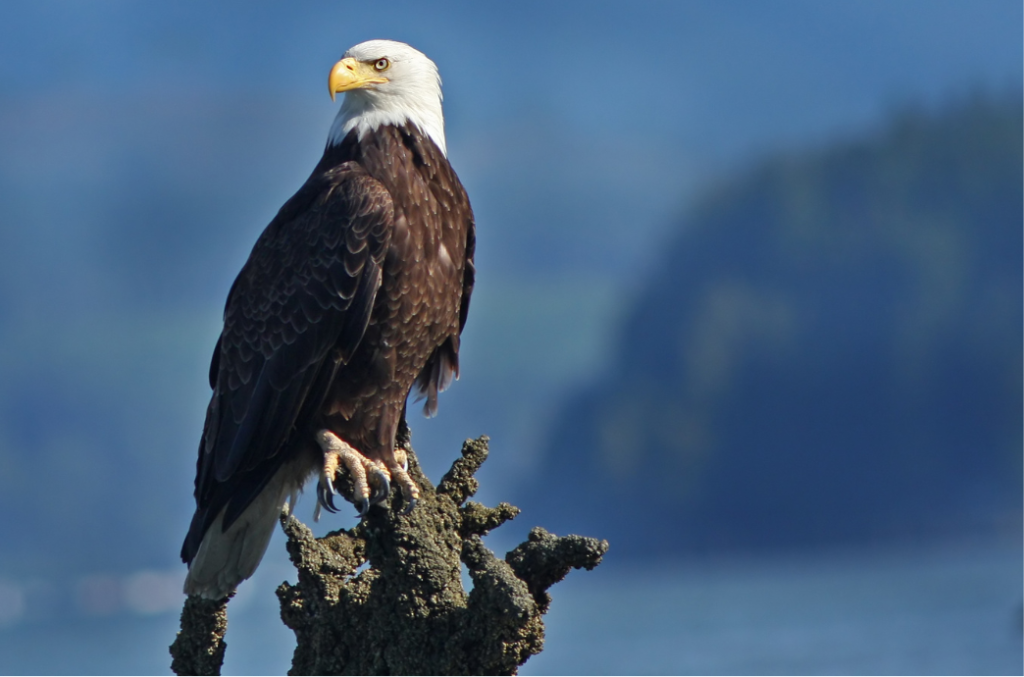
Bald Eagles
Ketchikan has the highest density of eagle nesting sites in the world. This makes for an amazingly rich environment to view bald eagles in the wild. Mature bald eagles are recognized for their white head, while the juveniles take years to develop this distinctive characteristic, making it more difficult to spot the juveniles in the trees. For Alaska natives, these birds represent a spiritual symbol and are admired for their beauty. Year after year eagles gorge themselves on the abundance of salmon running up local streams making for a picturesque sight for all visitors. Not to mention that the sheer gracefulness of a mature eagle soaring overhead is truly captivating. You can easily spot mature eagles in the trees along the waterways by picking out their distinctive white head through the lushness of the green on the trees.

Ravens
The Raven ranks as my top favorite bird in Alaska. Ravens have amazing vocal capabilities, incredible acrobatic skills and freakish intelligence. Some of my favorite things about the Raven is that they can imitate a human voice as well as water droplets hitting the water. They also have the ability to solve critical issues and get into food by lifting doors and opening lids. They really do think through situations and solve them so effectively. One of my favorite things to watch about the Raven is when they perform aerial acrobatics on the tops of mountains in the updraft as the wind hits the peaks, they come spiraling down and glide back up to perform it again. Always remember to secure and hide all food when Ravens are present, as they have the innate ability to find unpackaged and eat whatever food or bait you have around.
Ketchikan Sea Birds:
Marbled Murrelets, Herring Gulls, Common Murre
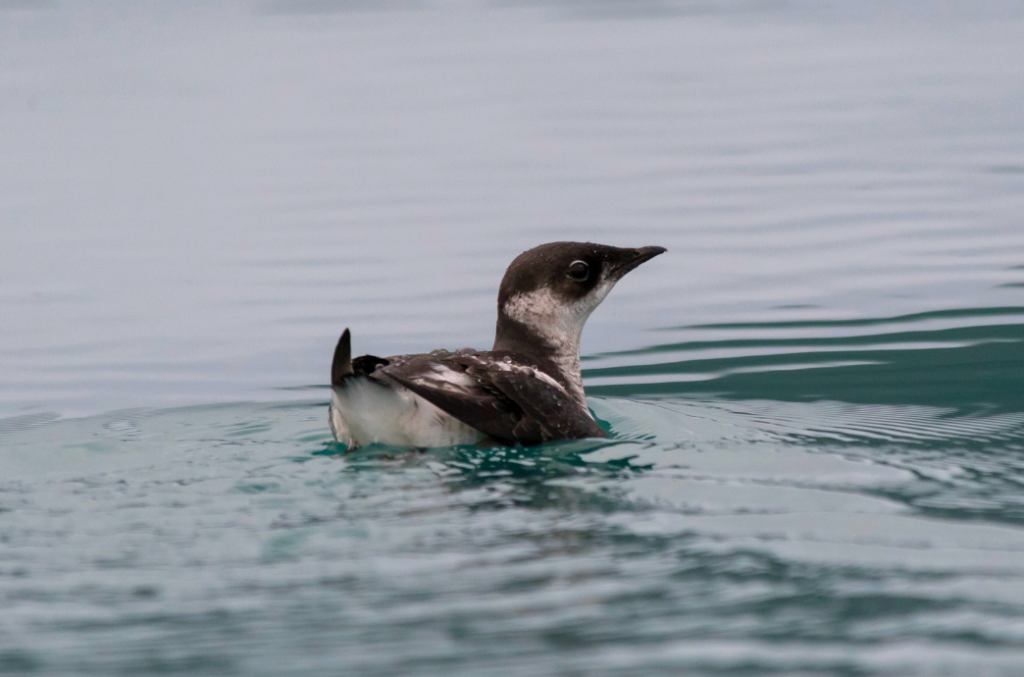
Marbled Murrelet
The Marbled Murrelet is a unique seabird found in Ketchikan, Alaska, known for its striking plumage and elusive nature. These small birds nest in old-growth forests along the coast, making Southeast Alaska a prime location for birdwatching. The Marbled Murrelet feeds below the surface, diving to great depths to catch herring, sand perch, and other small fish. Spotting one while on a Ketchikan wildlife tour is a rare and unforgettable experience.
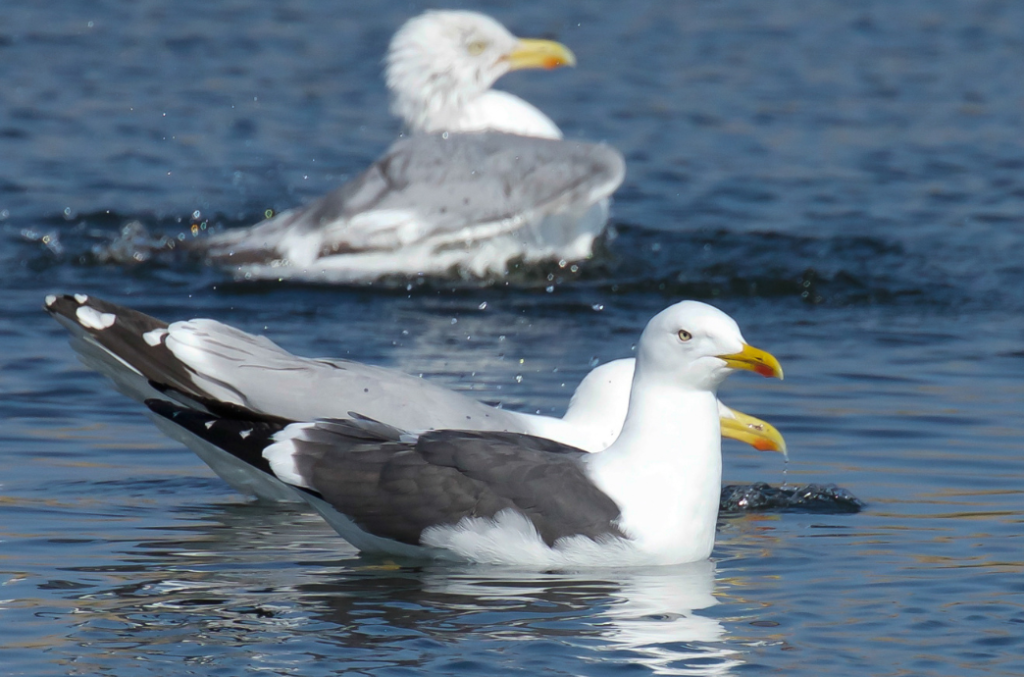
Herring Gull
Herring gulls, often considered the quintessential “seagull” of Alaska thrive in both open ocean waters and nearshore areas. These adaptable seabirds have a unique ability to remove salt from seawater through specialized glands in their eyes, ensuring a steady supply of fresh drinking water. Spotting a Herring gull on your Ketchikan wildlife tour is an incredible opportunity to witness one of Alaska’s most resilient birds in action.
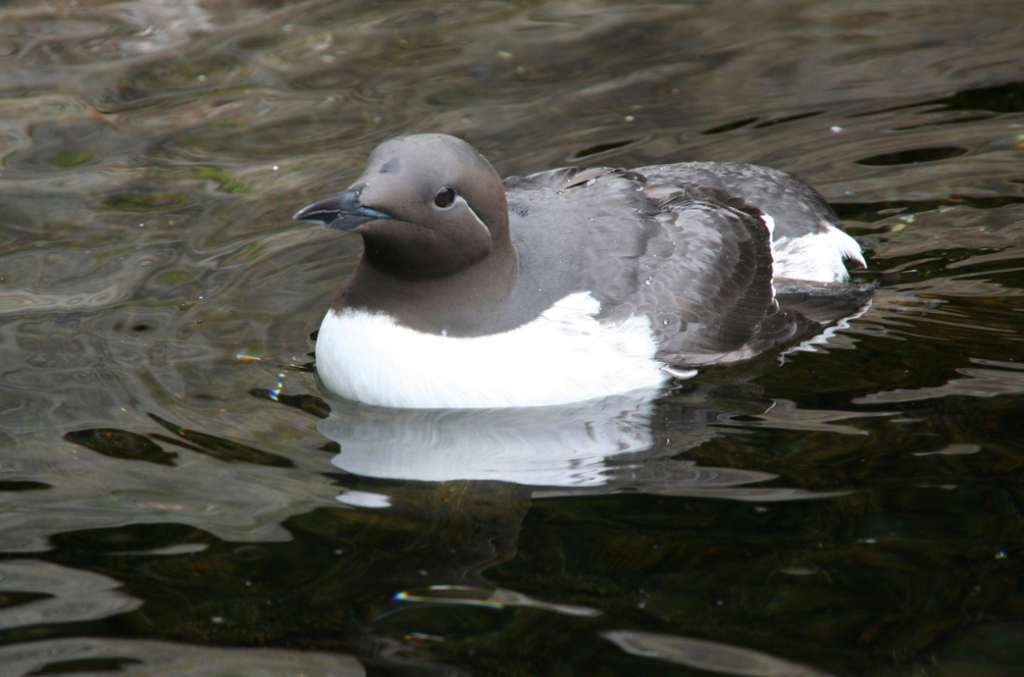
Common Murre
Common murres are abundant in the Gulf of Alaska, thriving on a diet of small baitfish, worms, and mollusks. These seabirds are known for breeding in large colonies along the cliffs, making them a must-see on any Ketchikan wildlife tour. One of the most impressive traits of the common murre is its ability to dive to incredible depths, holding the title of the deepest diving bird in the Northern Hemisphere, with recorded dives reaching 550 feet!
Ketchikan Bird Watching & Wildlife Sightseeing:
A Birdwatcher's Paradise
Nestled in the heart of the Tongass National Forest, Ketchikan, Alaska, is a prime destination for bird watching and wildlife sightseeing. This stunning location offers unparalleled opportunities to observe iconic birds like bald eagles, ravens, Marbled Murrelets, Herring Gulls, and Common Murres in their natural habitat. With its vibrant waters, lush old-growth forests, and diverse ecosystems, Ketchikan provides a rare chance to experience wildlife in one of the most pristine environments on Earth.
The Tongass National Forest, the largest in the U.S., is home to over 16.7 million acres of breathtaking landscapes, including glacial fjords, towering trees, and the renowned Misty Fjords National Monument. Whether cruising the waters of the Alexander Archipelago or exploring the wild terrain, Ketchikan offers unforgettable wildlife encounters. From soaring bald eagles to elusive seabirds like the Marbled Murrelet, this region is a paradise for nature enthusiasts and birdwatchers alike.
